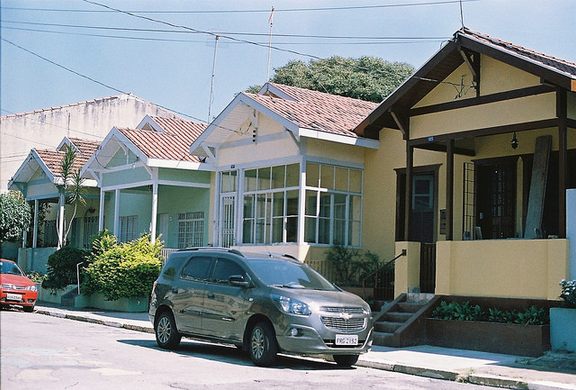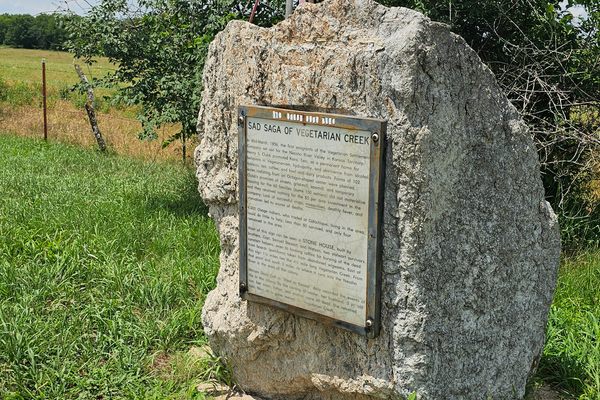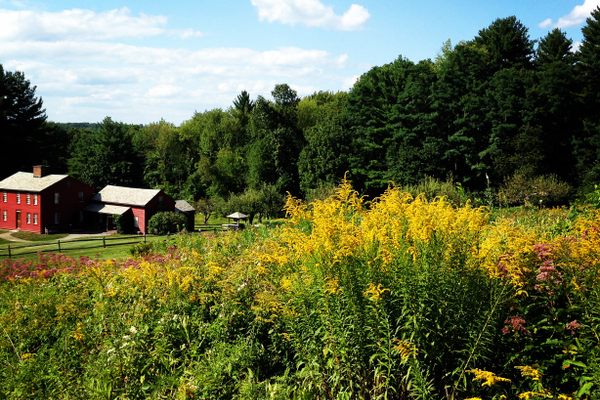Vila Maria Zélia
The first model village in Brazil, built in 1917 to house workers at the jute sack factory.
This entry is a stub
Inaugurated in 1917, Vila Maria Zélia was the brainchild of the industrialist Jorge Street, built to house the workers of the Companhia Nacional de Tecidos da Juta, a jute sack factory. Named after his daughter, it was one of the first planned communities in all of Brazil.
The architect in charge of the project based it on early 20th-century European equivalents. Built to accommodate the 2,500 employees working at the company’s secondary facility, the village was like a small city in itself, with two schools (one for boys and one for girls), a grocery store, a church and other facilities for the workers and their families.
Due to economic problems in the 1920s and 1930s, the company declared bankruptcy, and Vila Maria Zélia came under the custody of the Brazilian federal government. Since then, some of the buildings, such as the schools, have been closed down and abandoned. The church is still in use, however, and there are still 200 houses in use by some 600 people living in the village.
Administrated by the Sociedade Amigos da Vila Maria Zélia, the space now also operates as a community center, hosting various cultural and sportive events.
Know Before You Go
Vila Maria Zélia is open for visitors, but some facilities are accessible to the public only on the occasion of some events. Contact Sociedade Amigos de Vila Maria Zélia for more information.



















Follow us on Twitter to get the latest on the world's hidden wonders.
Like us on Facebook to get the latest on the world's hidden wonders.
Follow us on Twitter Like us on Facebook